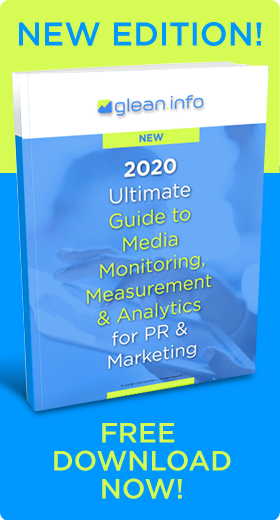
Photo credit: InfoNIAC
Online ad fraud is an extensive and pervasive problem for marketers.
Fraudsters create websites with ads and impersonate human ad views by infecting home computers owned by ordinary consumers. Marketers pay for the automated ad clicks – and pay a lot. Advertisers will lose $6.5 billion to the fraudulent ad bots this year, according to the Association of National Advertisers.
An ANA study of 5.5 billion impressions in three million domains identified almost a quarter (23 percent) of video ad impressions as bot fraud. The study also found that:
• Eleven percent of display ad impressions were bot fraud.
• Publishers who bought sourced traffic from a third party to drive additional unique visitors to their site, had a bot fraud rate of 52 percent on that sourced traffic
• Programmatic display bot traffic averaged 17 percent fraud
• Bot fraud for retargeted ads was 19 percent
• Peak ad fraud activity occurs between midnight and 7 a.m when users are sleeping but their computers are still awake.
• Impressions coming from older browsers such as IE6 and IE7 experienced substantially higher fraud levels.
• Bots hit all types of publishers. Premium, direct-buy display ad campaigns at many well-known publishers showed bot fraud of over 10 percent.
• Bots defeat user targeting. They hijack computers of real consumers and visit many sites to generate histories and cookies that appear more demographically appealing to advertisers and publishers.
“The common reaction to the entire issue of fraud is fear,” the ANA report states. “Fear leads to avoidance, which is just what the bad guys want. No one wants to look unaware, unscrupulous, or negligent enough to ‘allow’ this kind of activity to take place. The truth is: fraud is everywhere. No one is immune. Only by emancipating your people and partners from that fear can we get the cooperation needed to address this issue effectively.”
How to Fight Ad Fraud
The ANA in collaboration with White Ops, an anti-fraud specialist, proposed a plan outlining how advertisers, agencies and publishers can combat bot fraud. The organization’s recommendations include:
• Advertise during waking hours,
• Demand transparency for sourced traffic,
• Include language on non-human traffic in terms and conditions,
• Announce your anti-fraud policy to all external partners
• Use independent monitoring and conduct ongoing fraud analysis of advertising traffic.
While bot fraud produces revenue for publishers, it jeopardizes the publisher-advertiser relationship – and can lead advertisers to distrust publisher data and balk at buying digital advertising.
“The eradication of bot fraud is critical to the ongoing health of the internet and the ANA is taking the steps necessary to meet this challenge,” said ANA President and CEO Bob Liodice.
More Fraud-Fighting Advice
Shannon Sullivan of the digital advertising and PR agency, M/C/C, offers more advice to advertisers on fighting ad fraud. Here’s a synopsis.
• Work with trusted business partners. Make sure your partners-publishers have measures in place to combat bot traffic on their sites. Ad exchanges and ad networks are more likely to have fraudulent impressions than publisher direct sites.
• Measure real performance. Lack of measurement creates ambiguity and tends to attract fraudulent activity. Measuring multiple specific actions of website visitors, in addition to clicks and impressions, can help spot non-human visitors.
• Consider new tools and update blacklists and whitelists. Investigate sites that might be harmful.
• Use your own IT experts. Your internal IT department can help keep bots from entering your own website and skewing data.
• Enlist professionals. Some services specialize in detecting non-human activity on websites and offer other specialized counter fraud measures.
Bottom Line: Marketers as well as publishers must make a concerted effort to combat online ad fraud, a huge problem that undermines the foundation of digital marketing and advertising.
William J. Comcowich founded and served as CEO of CyberAlert LLC, the predecessor of Glean.info. He is currently serving as Interim CEO and member of the Board of Directors. Glean.info provides customized media monitoring, media measurement and analytics solutions across all types of traditional and social media.





Trackbacks/Pingbacks